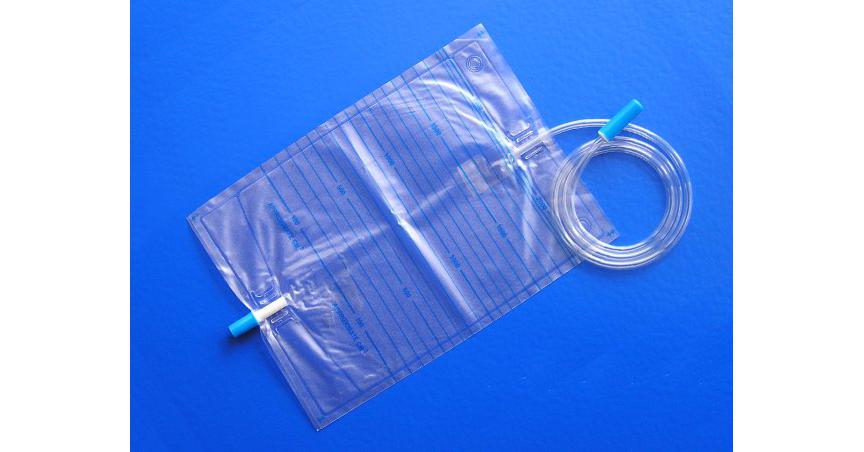Intravenous (IV) fluid bags are a critical part of modern medical care. They are used widely during surgeries, post-operative care, therapy, and critical care. Conventionally, IV fluid bags have been made from polyvinyl chloride (PVC), a type of plastic. However, concerns over PVC’s potential health hazards have prompted a rise in demand for non-PVC IV bags globally.
Health Risks of PVC
PVC contains phthalates, which are plasticizers added to make PVC flexible. Some phthalates like DEHP are known endocrine disruptors linked to reproductive and developmental issues. During the manufacturing process or medical procedures, phthalates can leach out from PVC into fluids. Numerous scientific studies over the years have indicated potential health risks from long-term, low-level exposure to phthalates via medical treatments and supplies.
While regulatory agencies maintain that current exposure levels are safe, the precautionary principle dictates minimizing unnecessary exposure. This is especially important for vulnerable patients undergoing prolonged IV therapies. PVC bags also contain additives like heavy metals like lead and cadmium known to have toxic effects. Concerns that these can leach into fluids administered to patients have driven the search for safer alternatives.
Rise of Non-PVC Options
In response to these concerns, major medical companies have developed IV bags made from non-PVC plastics like multilayer co-extruded film and cyclic olefin polymers (COPs). These plastics do not require the addition of phthalate plasticizers and thus eliminate the risk of exposure. Additionally, they provide good durability and flexibility for IV bags.
COP-based bags from prominent brands like B. Braun, Baxter, and Fresenius Kabi are increasingly replacing PVC bags worldwide. Studies show COP to be chemically inert with extremely low extractables, ensuring fluid purity. Its outstanding gas barrier properties help maintain sterility over long shelf lives. COP bags are also more kink-resistant than PVC, reducing the risk of flow obstructions.
Their enhanced safety profile compared to PVC has led regulatory bodies like the American Nurses Association and National Health Service UK to recommend non-PVC products where available. Global giants like Becton Dickinson have proactively reformulated their entire IV product range to eliminate PVC and transition to safer alternatives like multilayer films and COP.
Growing Global Demand
The Global IV Bags Market was valued at $3.5 billion in 2021 and is predicted to grow at 5-6% yearly through 2028. Non-PVC products presently hold around 30% share but are rapidly gaining ground driven by safety concerns. Regions like Western Europe and North America driving this transition due to stringent regulatory standards and educated healthcare consumers.
Yet PVC bags still predominate in cost-sensitive emerging markets like Latin America, Asia, and Africa. However, falling production costs are making non-PVC a viable and value-for-money alternative even in these regions. Major players are actively expanding non-PVC bag manufacturing lines in such markets through partnerships with local medtech firms. Ultimately, non-PVC is expected to become the new global baseline standard for IV fluid containers.
Enhanced Sustainability
In addition to patient safety, non-PVC options bring environmental sustainability benefits. Being a heavy polluter, PVC production consumes large quantities of resources including toxins like lead, cadmium and liquid fuels. It also generates hazardous byproducts during the de-plasticizing process.
In contrast, non-PVC resins are chlorine-free and produce significantly less industrial pollution. They enable safer recycling or disposal after use compared to rigid inflexible PVC. Certain multilayer films can even made from renewable bioplastics like polylactic acid for a lower carbon footprint.
With rising focus on sustainability across healthcare, non-PVC bags satisfy the dual objectives of protecting patients and the planet. As climate change exacerbates health threats, greener medtech alternatives will gain more favor across the industry.
Driven by safety science and regulatory momentum, non-PVC IV bags are rapidly supplanting traditional PVC products globally. Major market stakeholders are proactively reformulating their range in favor of superior resins like multilayer films and COP that eliminate plasticizer risks. Thanks to scale-up in output, affordable non-PVC options are also spreading to price-sensitive markets.
With enhanced purity, sterility and handling properties compared to PVC, they provide measurably safer care especially for fragile patients. Ecologically-friendly design further aids in transitioning healthcare towards sustainability. Barring a few cost-constrained regions, non-PVC is set to become the new normal for IV therapies worldwide in the coming years.
*Note:
1. Source: Coherent Market Insights, Public sources, Desk research
2. We have leveraged AI tools to mine information and compile it




